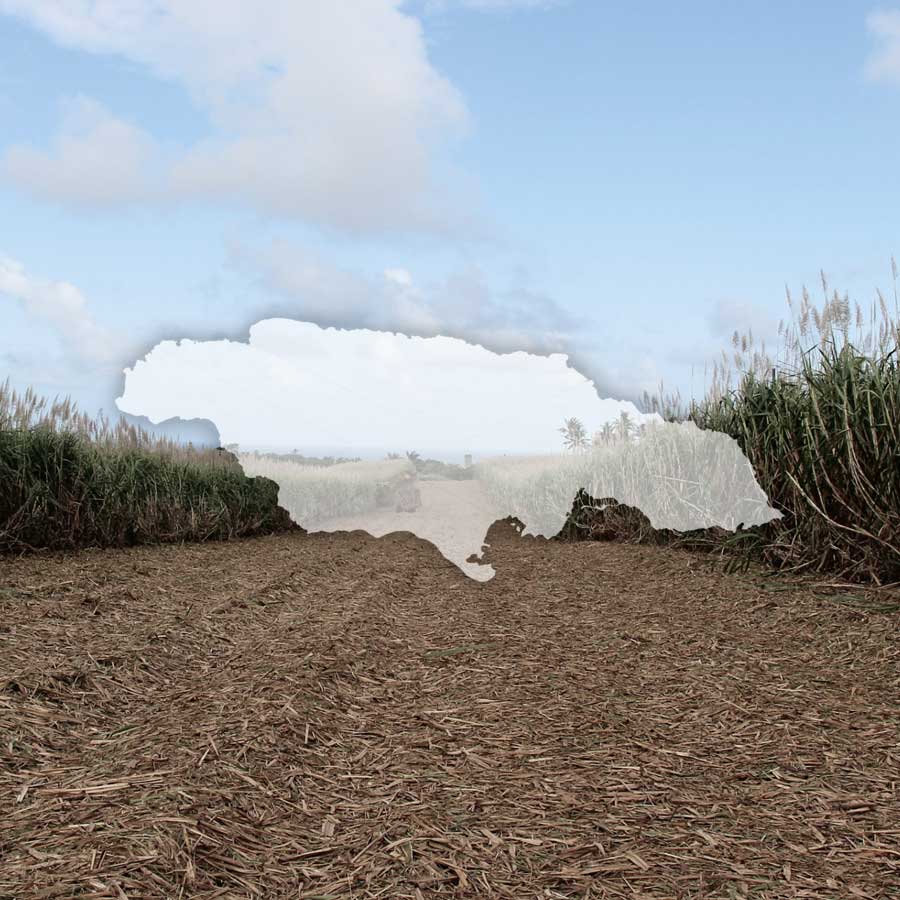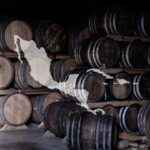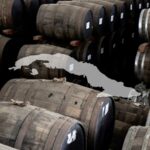Jamaican rum, get to the bottom of the bottle
Why does a Jamaican rum develop this aromatic profile? Let’s go from the bottle to the cane to find out.

Photo d’illustration © Anne Gisselbrecht
“Hello wine merchant, I’d like to discover a different and unique rum today. Would you have a bottle to recommend?
It’s with this introduction – a little formal, I grant you – that you enter your favourite shop. In all the time you’ve been going there, you’re well aware that your purveyor of liquid goodness is never stingy with advice. This is confirmed when he mentions rotten fruit, nail varnish remover, olives and glue.
You’re about to turn away in the face of such attractive arguments, but your wine merchant mentions one of the essential origins of rum, an organoleptic profile without equal (given the aromas described, so much the better, you say). He concludes with these words: “You don’t really know rum until you’ve set foot in Jamaica“.
You’re convinced, or at least curious enough to buy a bottle he recommends.
Back home, you want to try this very special rum. And it’s one of those rare occasions when, as soon as you pull the pin out of the bottle, the aromas are already assaulting your nostrils.
A few centilitres in the glass, and the room starts to smell of this unprecedented perfume.
Admittedly, this Jamaican rum is somewhat chemical in appearance (glue and nail varnish remover were well chosen), but it is combined with a devastating wave of fruitiness. And what expressiveness! Your nose is saturated with it as you dip it into the glass.
The palate only confirms the extreme intensity of the liquid. You find a little more wood and the finish evolves towards surprisingly empyreumatic accents. It’s been quite a journey, taking you to parts unknown, but you can’t explain how.
This very special character (which varies to a greater or lesser extent depending on the distilleries on the island) is to be found above all in the production stage that is crucial to the creation of taste: fermentation.
Fermentation is so special that certain terms are intrinsically associated with it. Among these, muck and dunder are legendary and often misunderstood. Before defining them, it’s important to understand that the general idea is to acidify the molasses wine, so that the yeasts – often indigenous/wild – work better and differently, to create the alcohol of course, but also the particular compounds that will generate the specific aromas.
Dunder is simply the liquid residue from distillation. Acidic and virtually devoid of alcohol, it is added to the fermentation tanks to boost the yeast, those hungry little workers.
Muck is a mixture of vinasses, fermentation vat bottoms, bagasse and rotten fruit. Yummy.
.
Not all of the island’s six distilleries have muck pits (where the muck is stored and fed). But almost all of them manage to produce high ester rums (a bit like the “grand arôme” rums of the distilleries in the French overseas departments and regions), loaded to the brim with non-alcoholic, flavour-creating elements.
The use of specific yeasts, the length of fermentation – 30 hours for the lightest rums, up to 3 weeks for the organoleptic behemoths – or the addition of cane juice that has been left to rest outdoors for weeks. Whatever it takes to make the ester counter explode.
Of course, not all the island’s rums are high esters, far from it, with each distillery manipulating the sliders at its disposal to obtain the desired profiles. These are categorised according to the level of esters produced post-distillation. However, it is during fermentation that the creation of a profile is planned.
There are four general categories (watch out for the onslaught of jargon and barbaric terms):
- Common clean : the lightest, it contains between 80 and 150 grams of esters per hectolitre of pure alcohol (g/halp).
- Plummer : more full-bodied than its predecessor but still very well balanced, with an ester content of between 150 and 200 g/halp.
- Wedderburn : a step up in terms of “heaviness” and intensity, with an ester content of between 300 and 300 g/halp.
- High Ester / Continental flavoured : a real aromatic bomb, it contains between 500 and 1600 g/halp.
Where it gets a little more complicated is that each distillery uses its own designation for the profiles produced, the marks (a bit like in Guyana). At Hampden, the highest mark is called DOK, while Long Pond calls its highest ester production TECC.
Unless you’re a huge Jamaican rum geek, you won’t know them all.
Just because I’ve knocked you out with fermentation doesn’t mean we shouldn’t mention the other crucial stage in the genesis of Jamaican style: distillation.
In order to create very heavy rums, all the distilleries have double retort pot-stills. Distillation is discontinuous, but successive passes are made without having to reload the still. In other words, you load your distillery with your fermented liquid and you get your white rum at the end.
However, some of the island’s distilleries have also acquired distilling columns, which allow them to increase the volume produced and blend the juices distilled on the two types of still.
Ageing is rarely mentioned when talking about Jamaican rums. On the island, the alcohol is drunk white, in cocktails and at high alcohol content.
Secondly, in terms of flavour, the identity of these rums lies at the end of the still, so ageing, and therefore wood, will not have a major role to play. This stage is most often carried out in casks that have already been used many times, which no longer have much to offer in terms of flavour, but which mainly allow the precious liquid to breathe.
ÉOf course, as with any distillery, there are exceptions, such as Appleton, where the distillates benefit from a significant amount of wood, which is crucial to the development of the distillery’s profile.
So now you’ve got a few key facts to help you understand these very special rums from Jamaica. Now go and make yourself a daiquiri with an overproof white, and tell me all about it!




